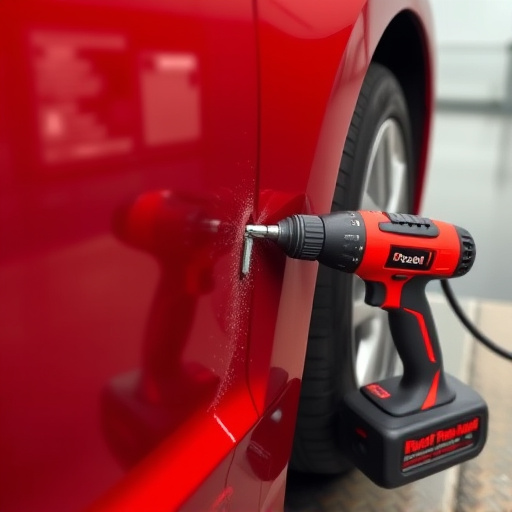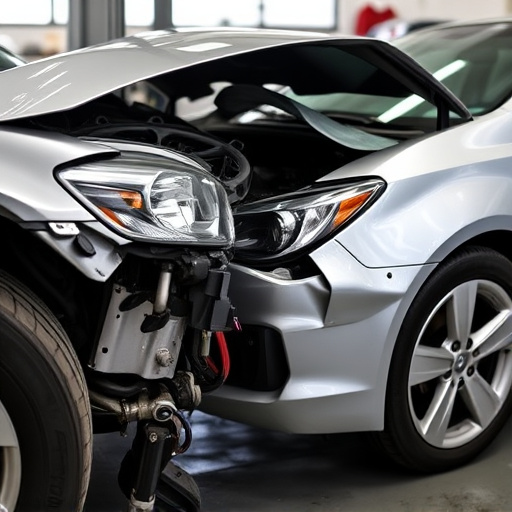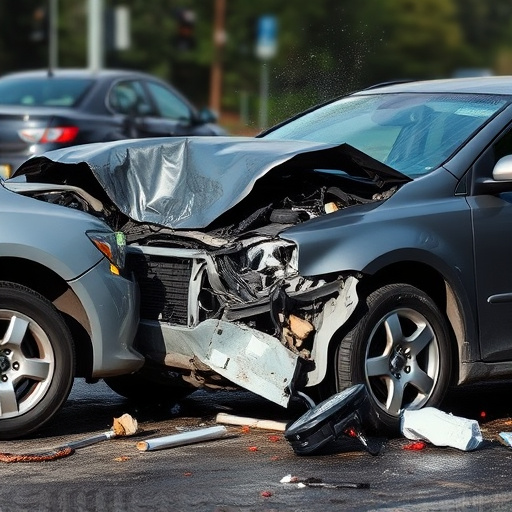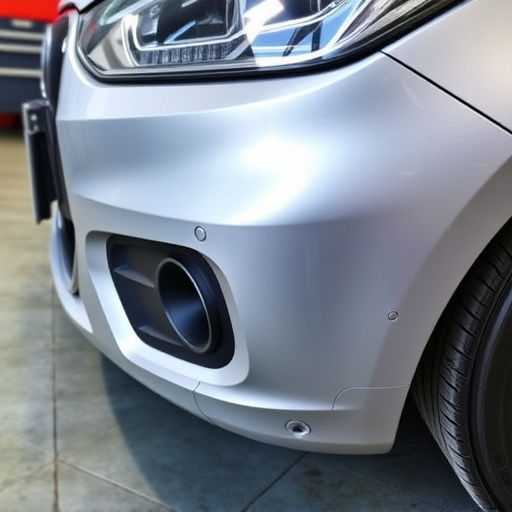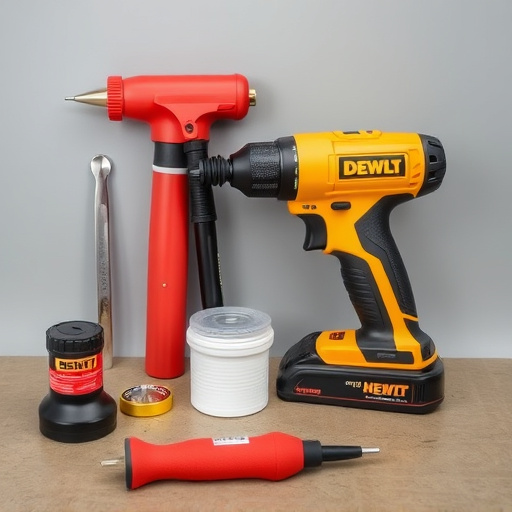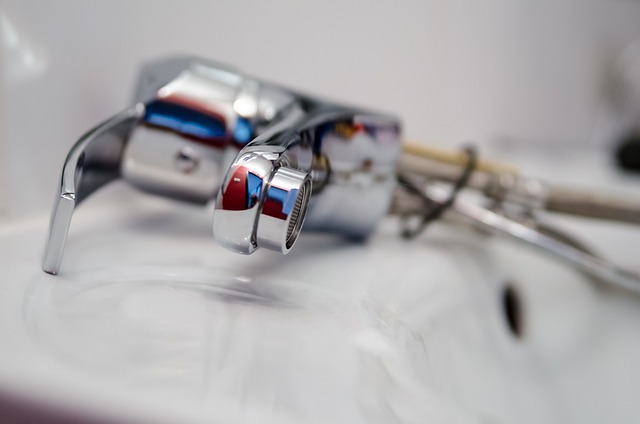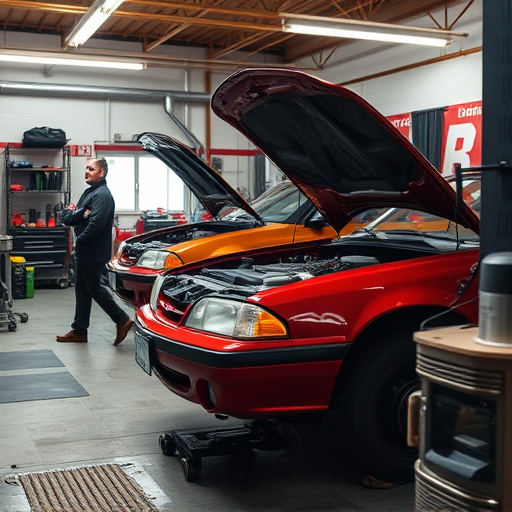Unresponsive Tesla touchscreens impede ownership experience due to software/hardware issues or damage. Replacement requires specialized body shops for expert disassembly, installation of compatible units, and calibration. Prompt action ensures driver control over vehicle features. Calibration and settings configuration post-replacement are crucial for optimal performance and avoiding issues. Specialized shops offer diagnostic tests and fine-tuning.
Struggling with a non-responsive Tesla touchscreen? You’re not alone. Many owners face display issues that can frustrate navigation, media control, and vehicle settings. This comprehensive guide tackles Tesla’s tricky touchscreen problems head-on, offering a detailed walkthrough of the replacement process. From identifying the root cause to ensuring optimal post-repair performance, learn how to restore your Tesla’s intuitive interface. Discover the essential steps for a successful Tesla touchscreen replacement.
- Understanding Unresponsive Tesla Touchscreen Issues
- Steps for Tesla Touchscreen Replacement Process
- Ensuring Optimal Performance After Touchscreen Repair
Understanding Unresponsive Tesla Touchscreen Issues
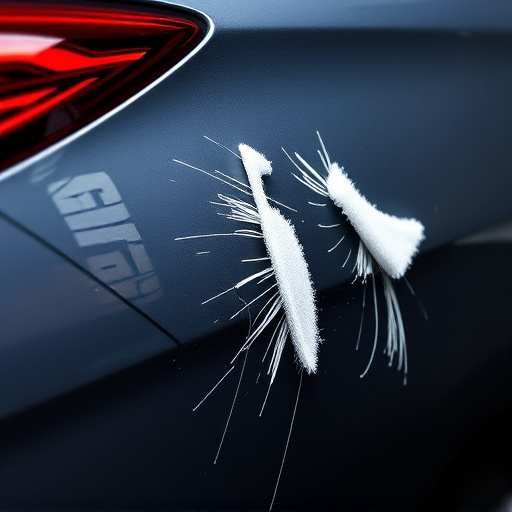
Unresponsive Tesla touchscreens can be a frustrating issue for owners, impacting their ability to navigate and control various functions of their vehicle. These problems may arise due to several factors, including software glitches, hardware malfunctions, or even damage to the sensitive components within the touchscreen assembly. Over time, the display might become unresponsive, displaying error messages or simply failing to respond to any input.
In many cases, a Tesla touchscreen replacement is necessary to resolve these issues. An automotive body shop with specialized expertise in car body restoration and repair can facilitate this process. They will carefully disassemble the faulty unit, replace the required parts, and ensure proper calibration to restore the touchscreen’s functionality. By addressing unresponsive display problems promptly, Tesla owners can regain seamless access to their vehicle’s features, enhancing their overall driving experience.
Steps for Tesla Touchscreen Replacement Process
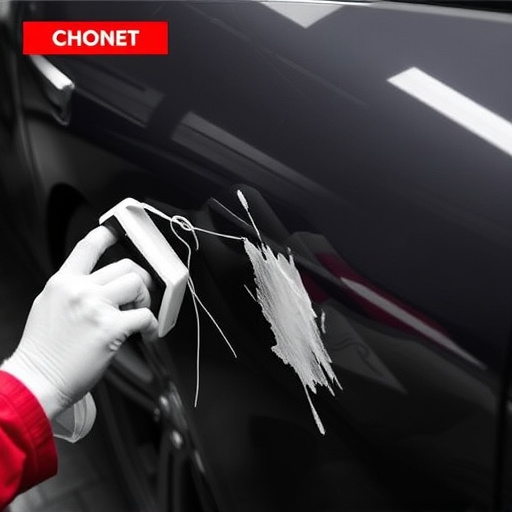
The Tesla touchscreen replacement process involves several precise steps to ensure a successful resolution for unresponsive display issues. It’s recommended to conduct this repair with professional expertise given the sensitive nature of car electronics. First, locate and power off the vehicle entirely to avoid any potential short circuits during the replacement. Next, carefully remove the broken touchscreen by unscrewing the necessary components and detaching it from the dashboard. Once extracted, inspect the old display for any damages or debris that might have caused the malfunction.
After confirming the issue is with the touchscreen itself, obtain a compatible replacement unit, ensuring it matches your Tesla model precisely. Install the new touchscreen by securing it in place with screws and connecting all cables and sensors accurately. Test the functionality thoroughly before reopening the vehicle’s power supply to verify the display’s responsiveness. This meticulous process demands attention to detail to restore your Tesla’s interactive center without complications, avoiding additional issues that might arise from a hasty repair, such as those seen after a fender bender or requiring vehicle paint repair.
Ensuring Optimal Performance After Touchscreen Repair
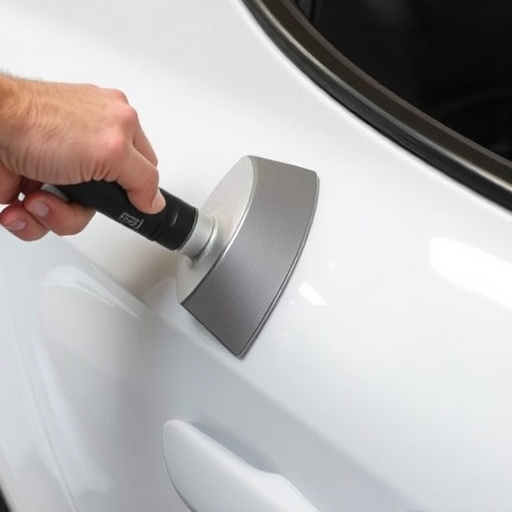
After successfully replacing a Tesla touchscreen with an unresponsive display, proper calibration and settings configuration are crucial steps to ensure optimal performance. It’s essential to follow the manufacturer’s guidelines for setup to avoid any issues or discrepancies. Many modern vehicles, including Teslas, have integrated systems that require precise alignment for seamless interaction.
At a reputable car repair shop or automotive body shop specializing in Tesla touchscreens, technicians will not only replace the physical component but also perform diagnostic tests and fine-tune settings to guarantee responsiveness and accuracy. This meticulous process includes calibrating the touchscreen’s sensitivity, ensuring proper recognition of touch commands, and adjusting display parameters for optimal visual clarity. Such attention to detail is vital to maintain the vehicle’s overall functionality and enhance the driver’s experience, making it a must-consider when addressing Tesla touchscreen replacement.
If your Tesla’s unresponsive touchscreen is causing frustration, remember that a replacement is within reach. By understanding the common issues, following a straightforward replacement process, and ensuring optimal post-repair performance, you can restore your Tesla’s functionality and enjoyment. With this guide, you’re equipped to tackle Tesla touchscreen replacement and get back on the road smoothly.
